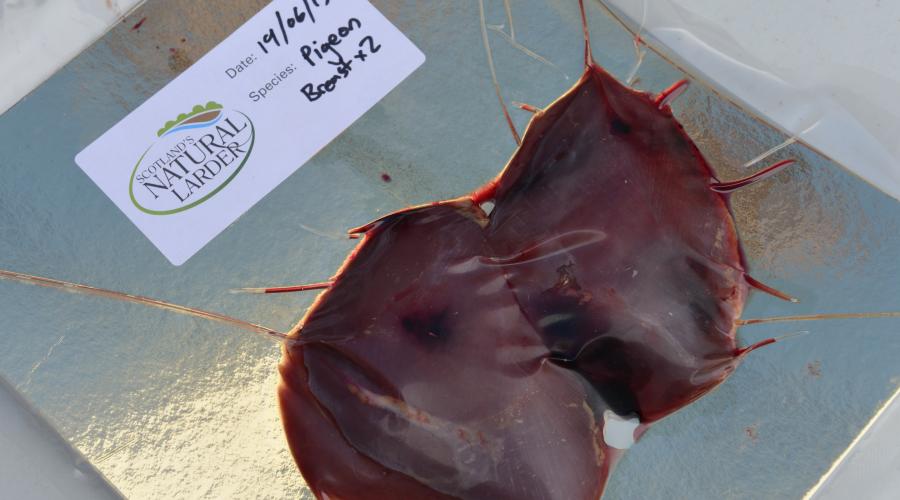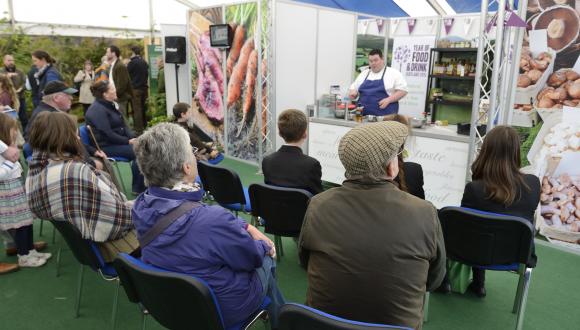
Game
Wild animals and birds that are hunted and eaten are known as ‘game’. Game meat is healthy, natural and delicious.
Eating game is a great way to enjoy local, seasonal food.
View game recipes on the Scotland‘s Natural Larder website.
Game includes:
- pheasant
- partridge
- grouse
- pigeon
- hare
- rabbit
- ‘wild’ boar
Taste and nutrition
Wild game meats have a ‘gamey’ flavour – the result of a mixed diet of natural grasses, insects, berries and grains. Wild birds and animals also exercise a lot, producing lean muscle and meat with a denser texture.
Game meat is low in fat and high in polyunsaturates. It’s full of vitamins – like niacin,riboflavin and vitamin B6 – and contains iron, a mineral. Game meat is similar in nutrition to skinless chicken breast.
Availability of game
Scotland has a good number of specialist game outlets, which sell locally and online. Your local butcher or farm shop may also stock a wide range of game.
Variety and seasonality are part of the charm of wild game. Eating different meats or cooking them according to the time of year connects us to the natural world and the influence of the seasons.
Some frozen wild game meats are available year-round. But the best time to enjoy fresh game is autumn and winter.
As the shooting seasons open, various meat products start to be sold:
- grouse – from 12 August
- partridge – from 1 September
- pheasant – from 1 October
Rabbit and pigeon are the products of wildlife management and are available year-round. These species can be legally controlled as they cause economic damage by eating crops and pasture and, in the case of rabbits, trees.
Please be aware that some game is killed with lead shot. The Food Standards Agency (and Food Standards Scotland) advise against excessive consumption of lead.







